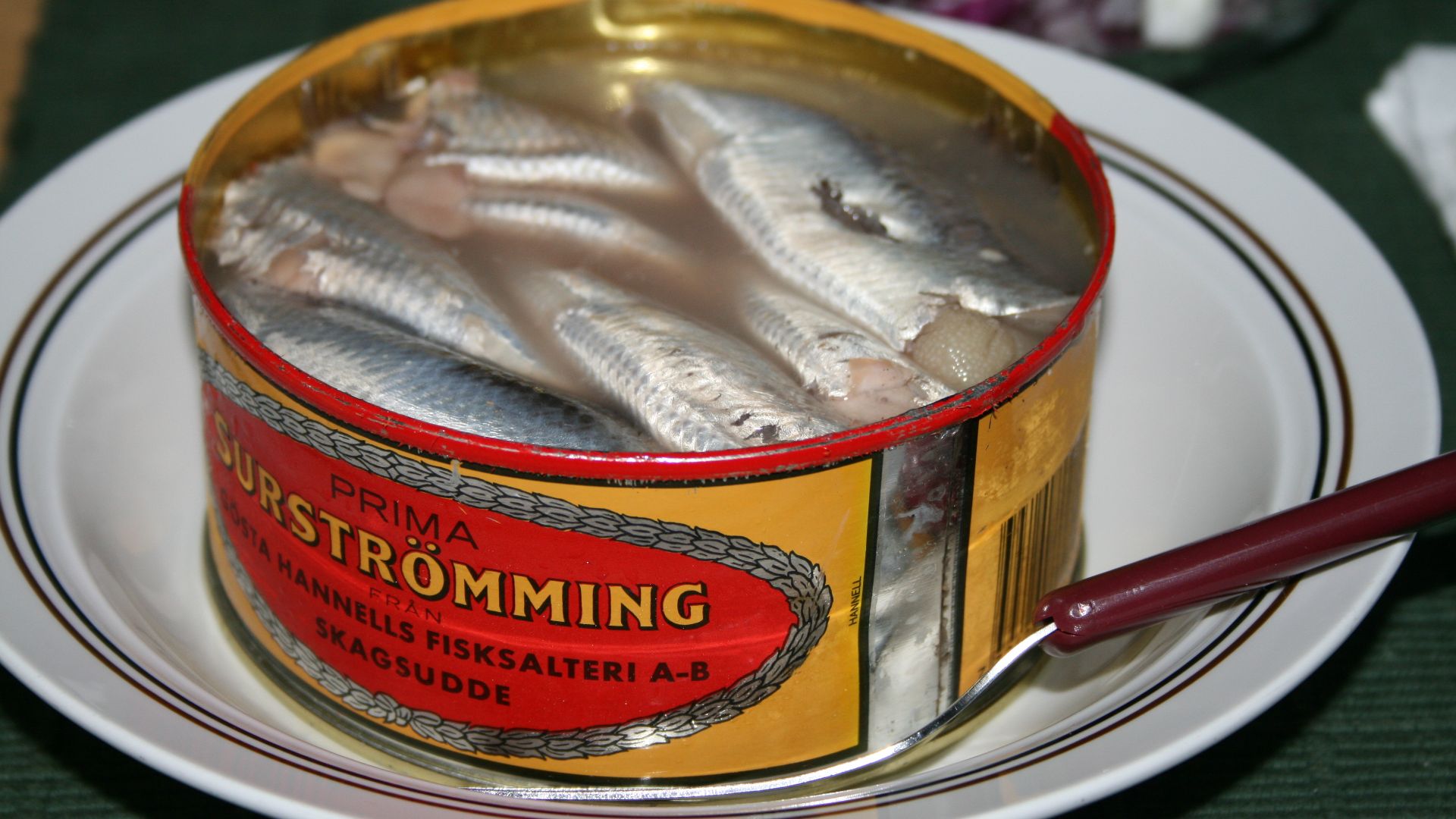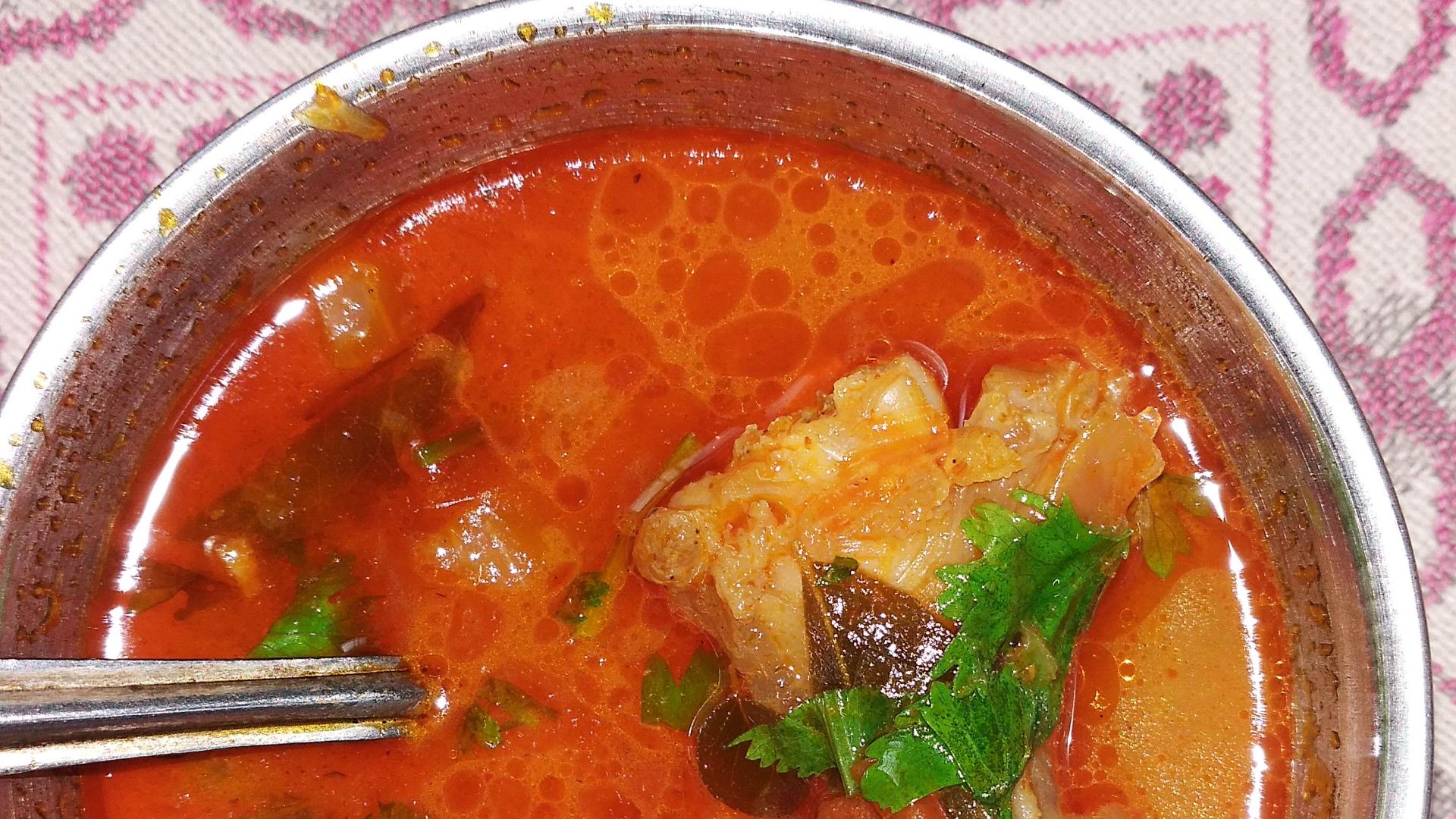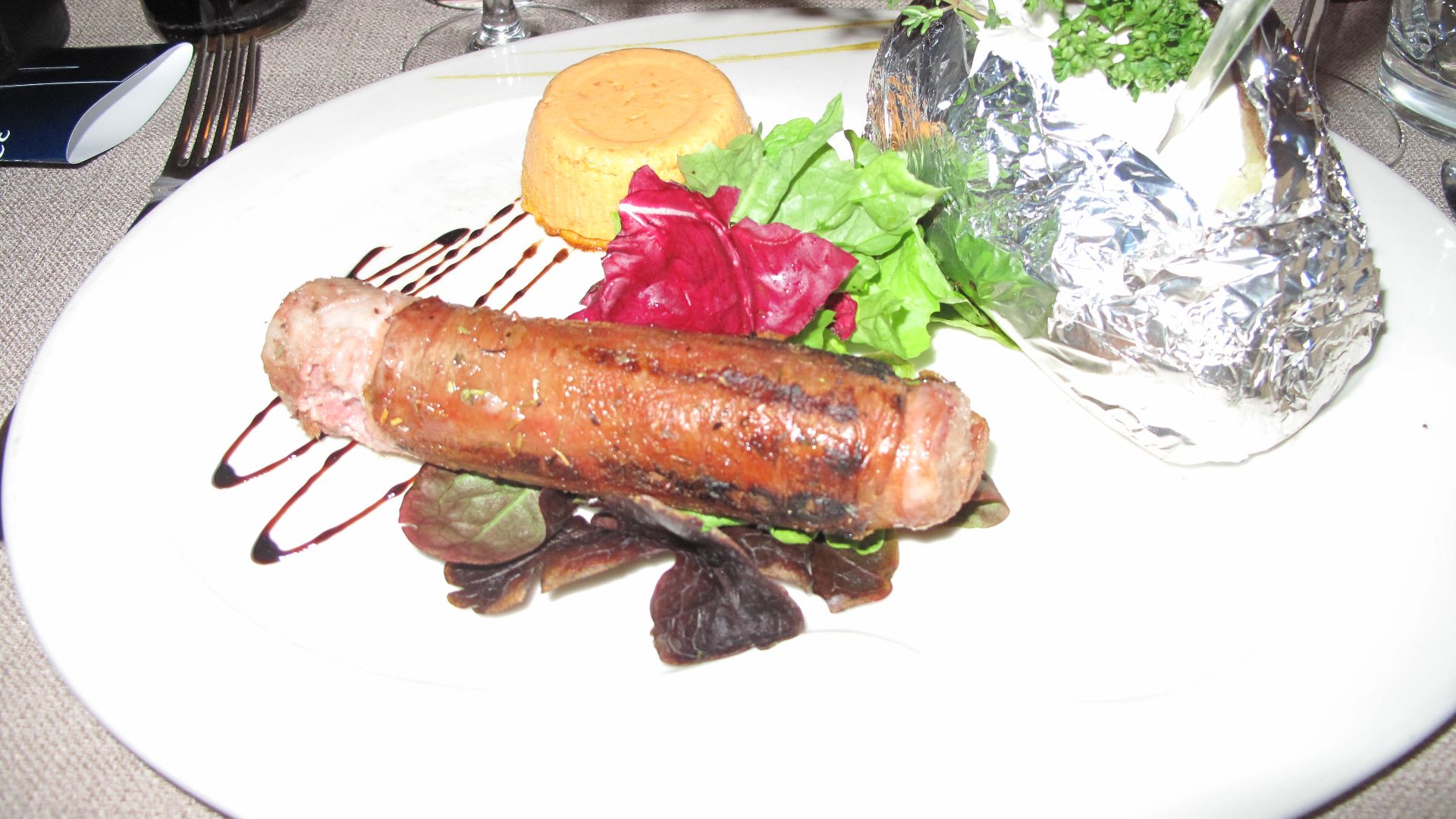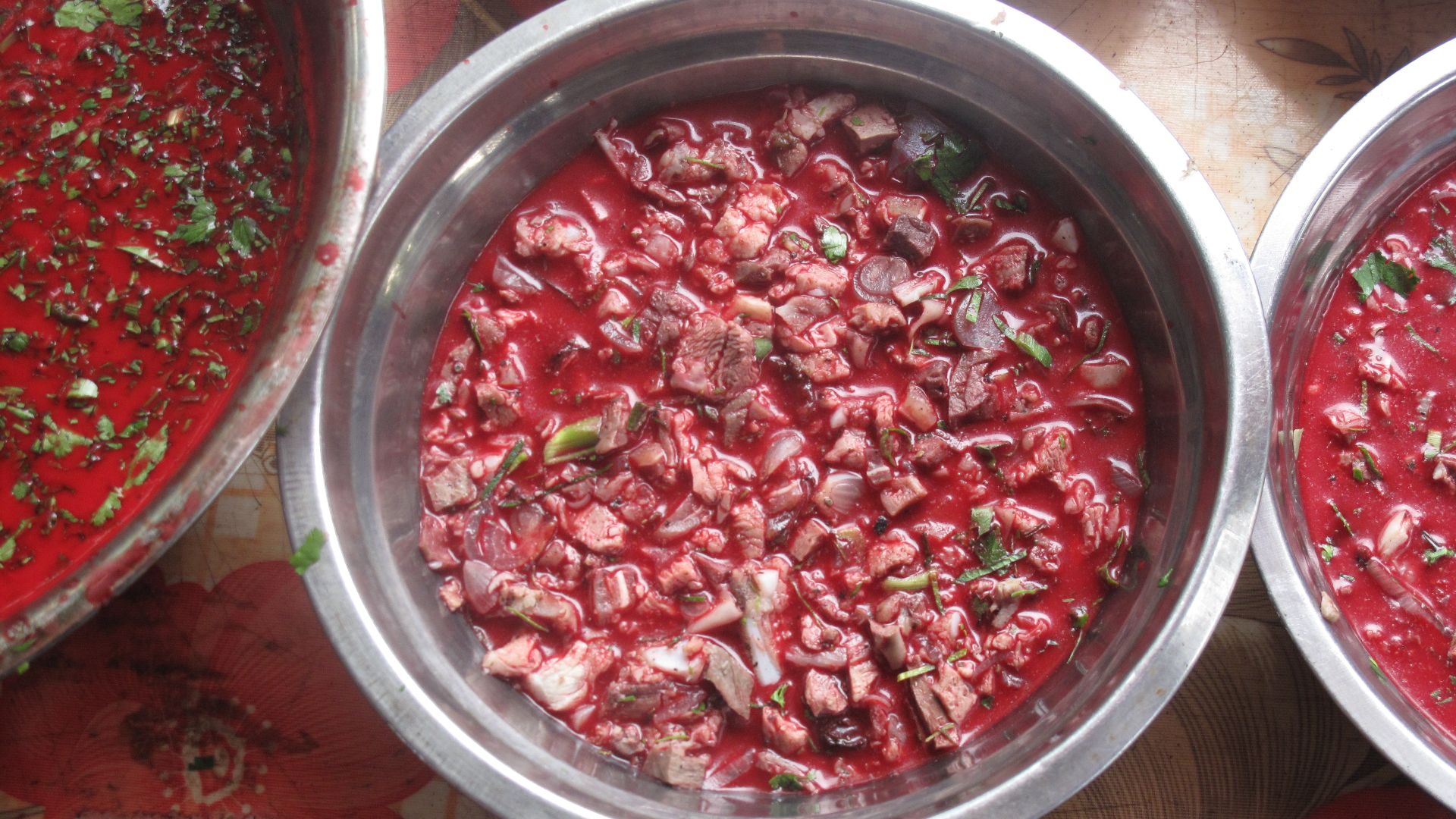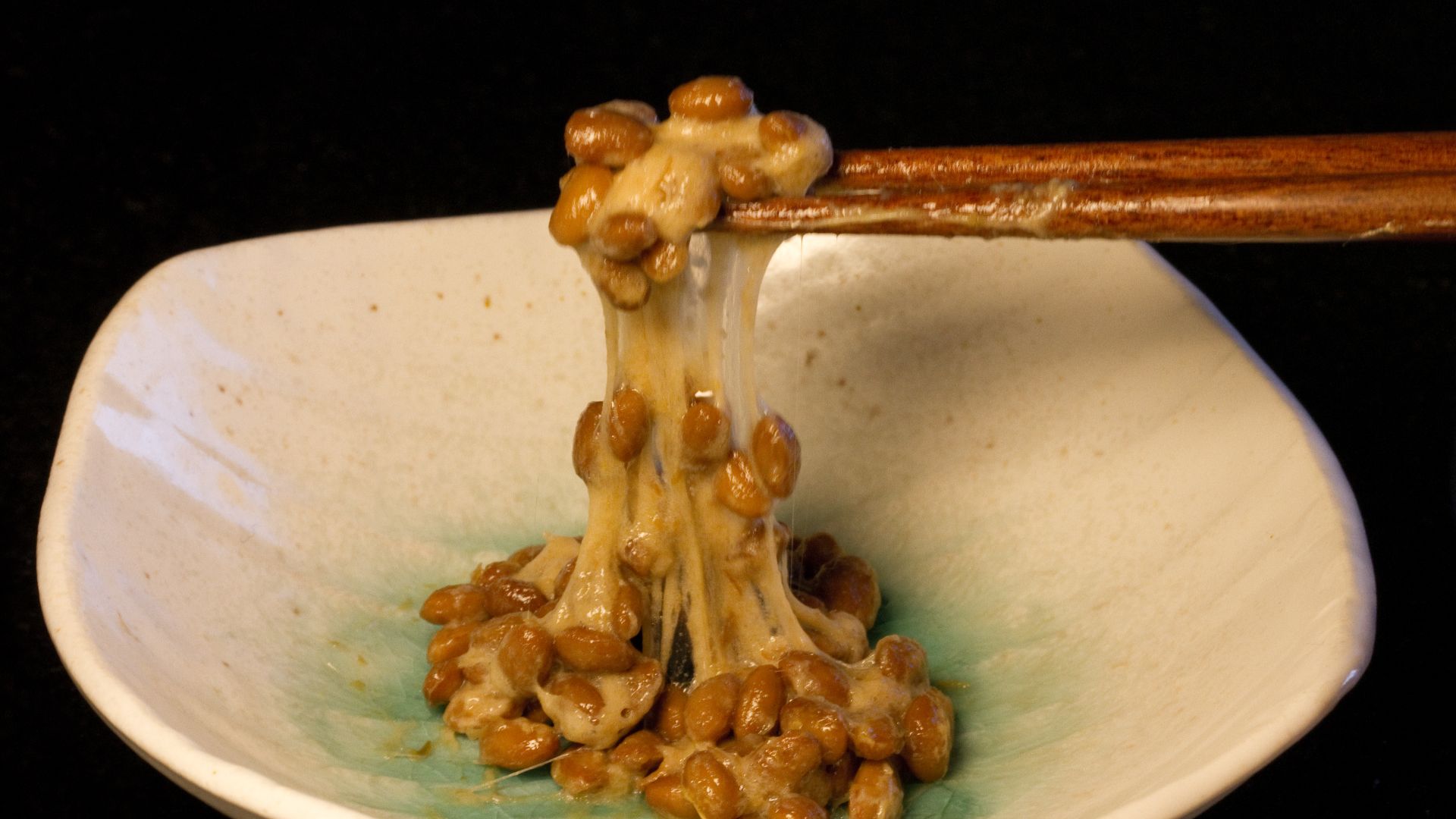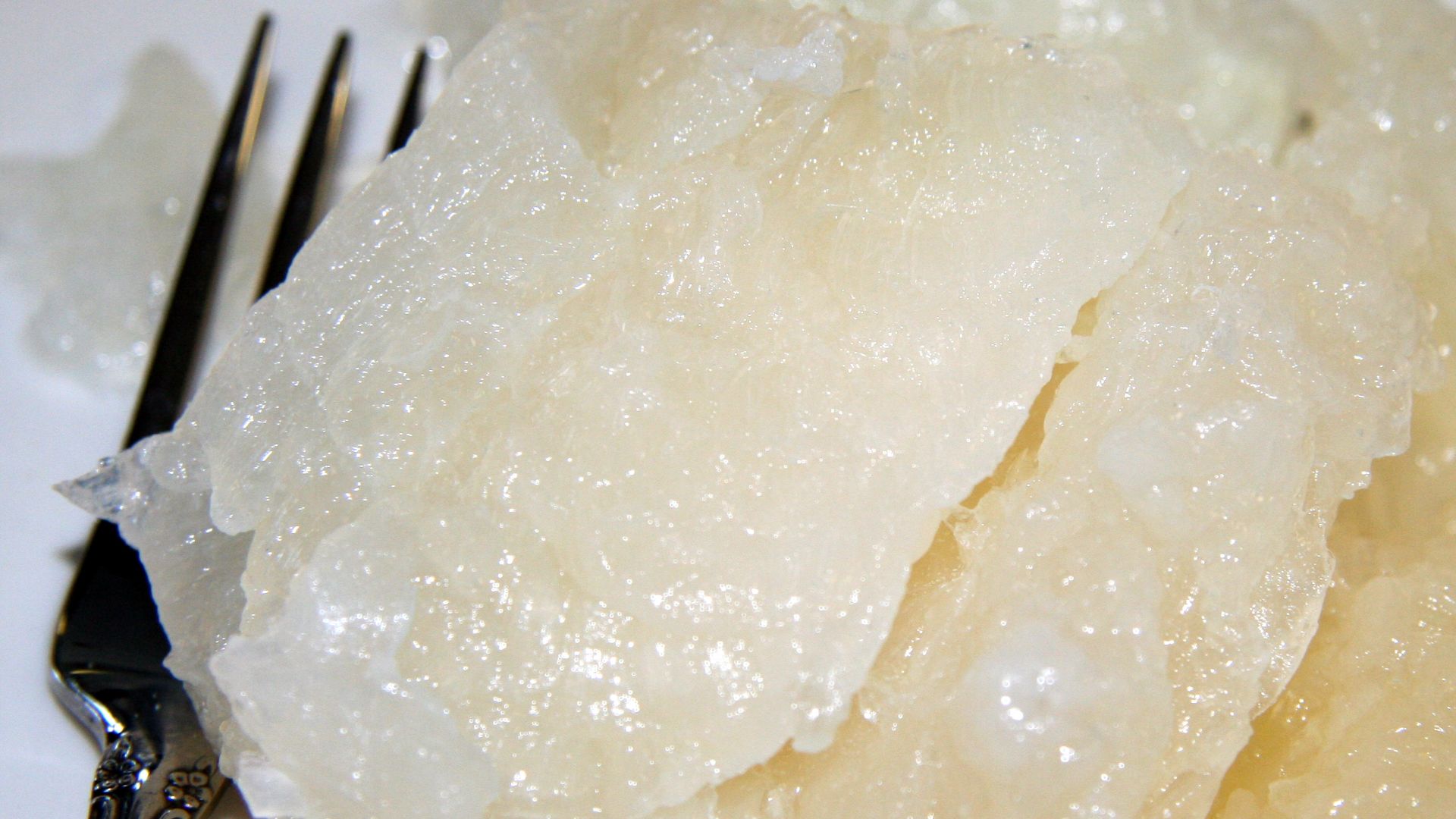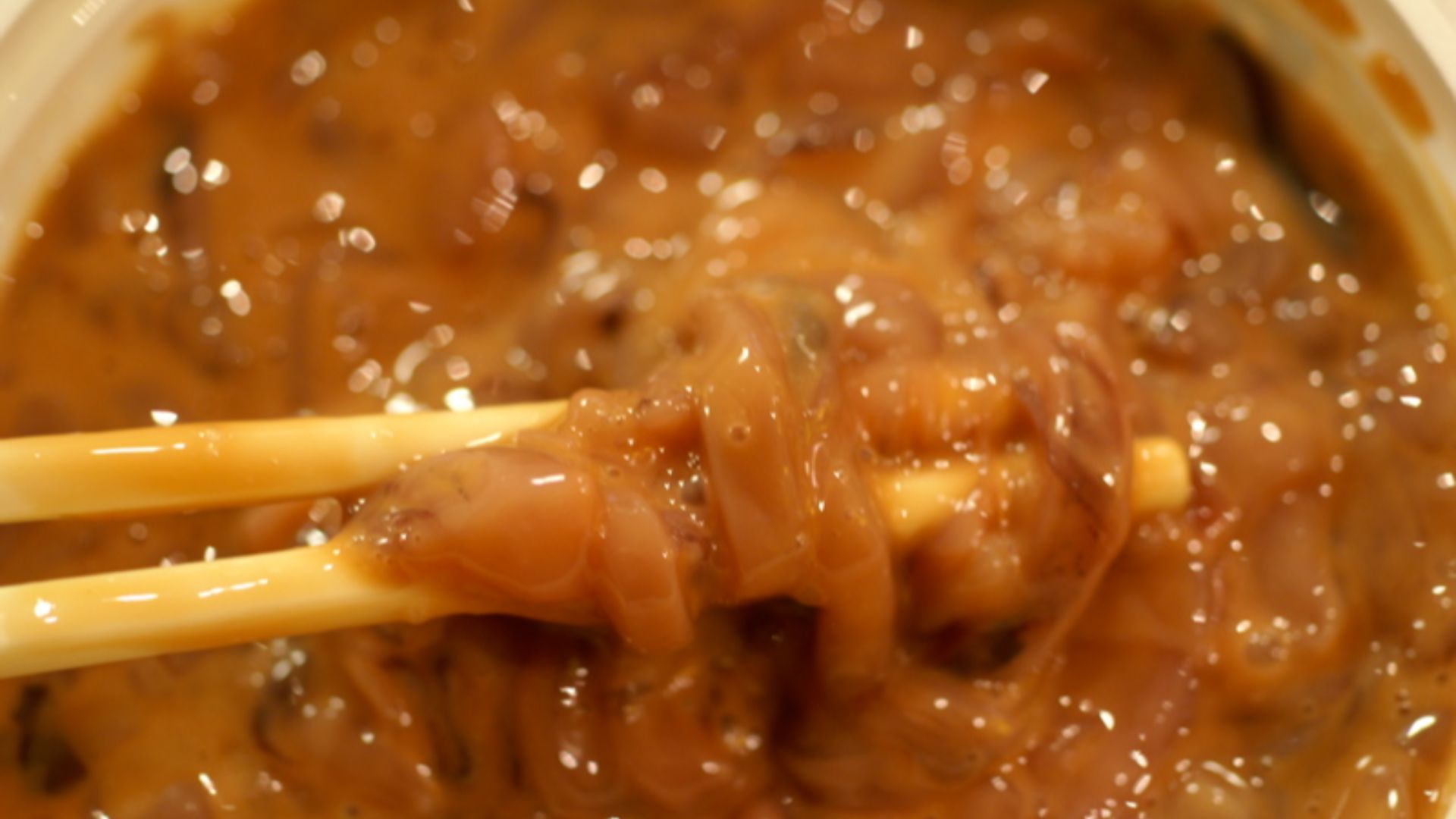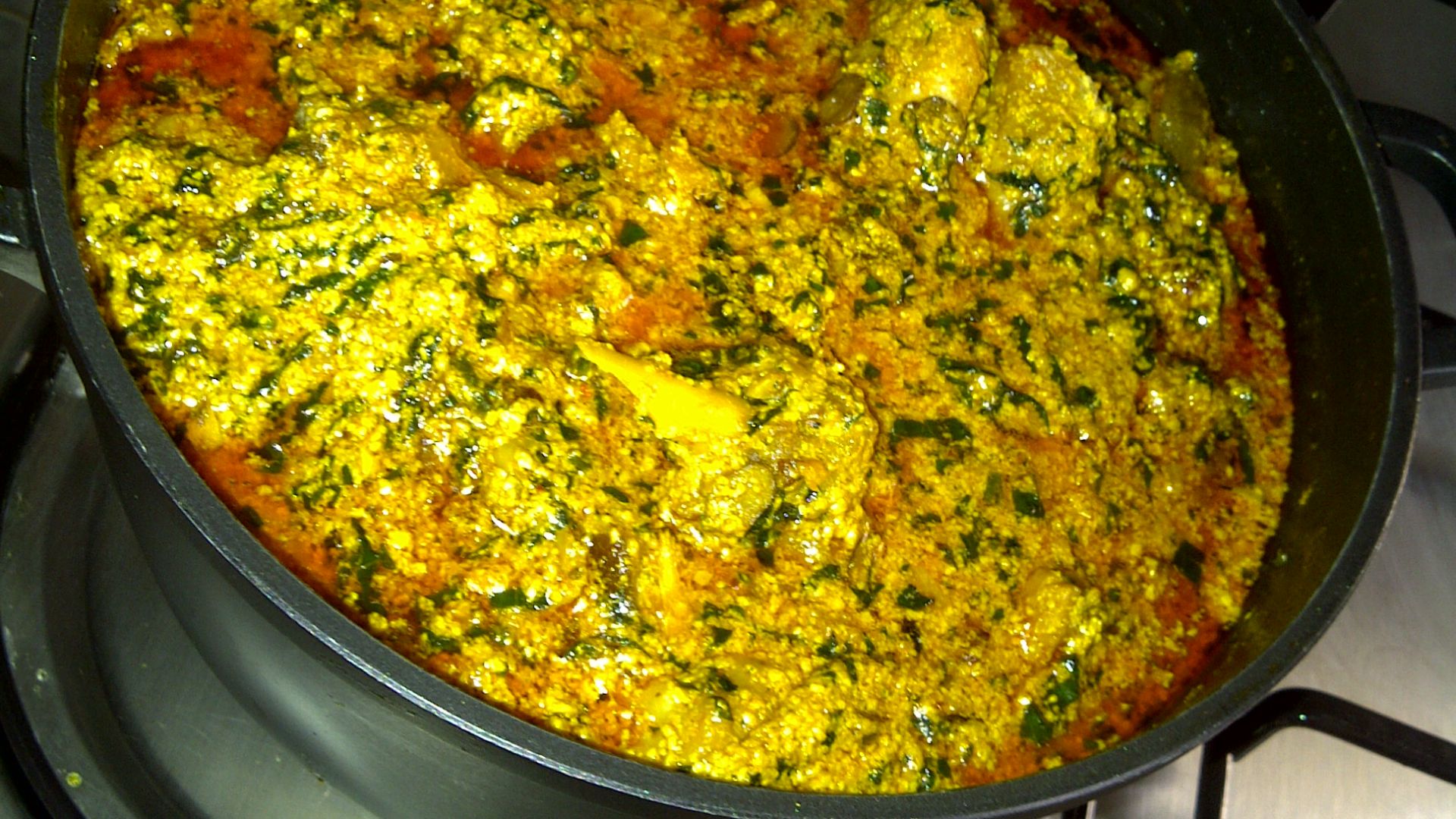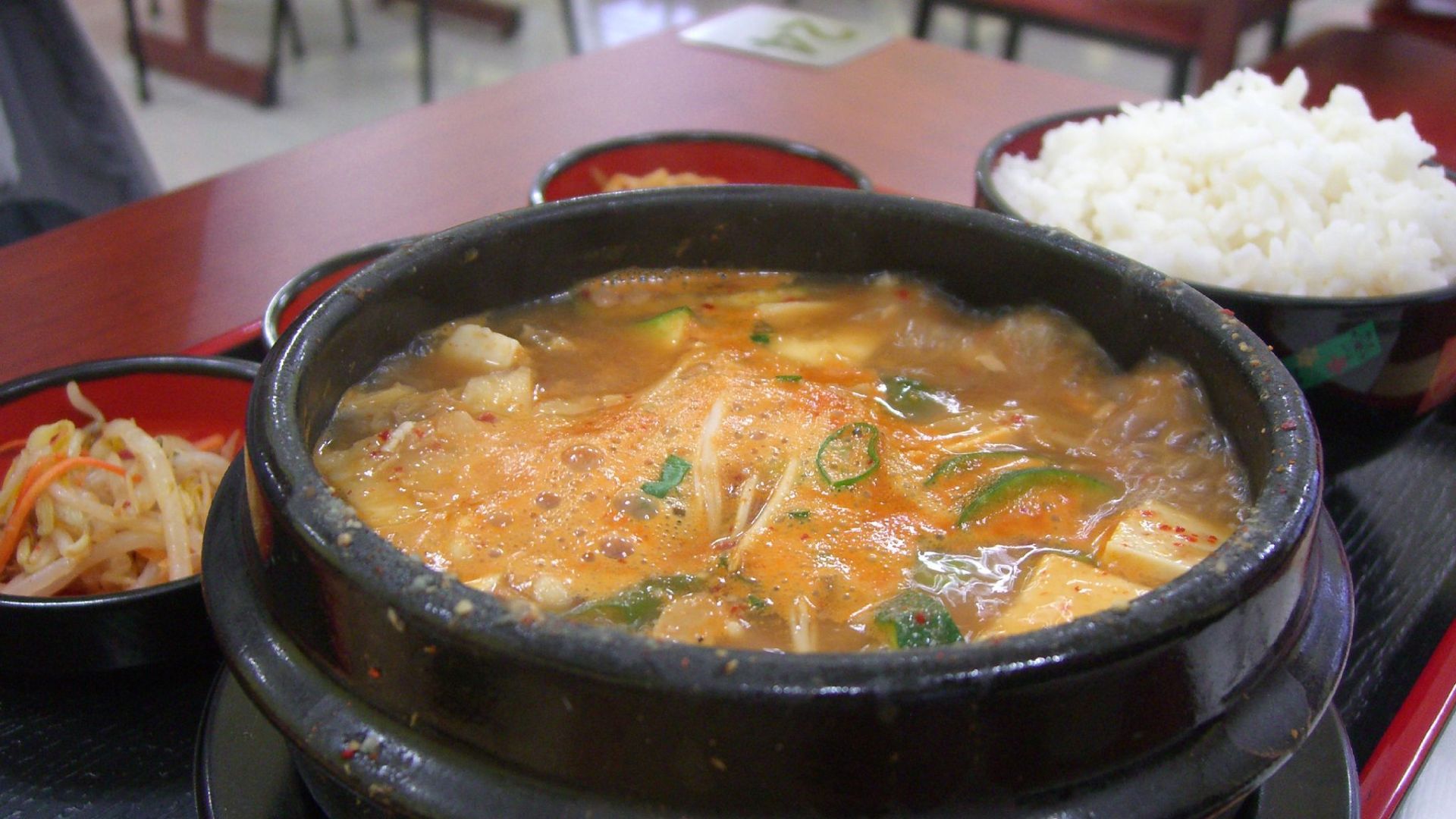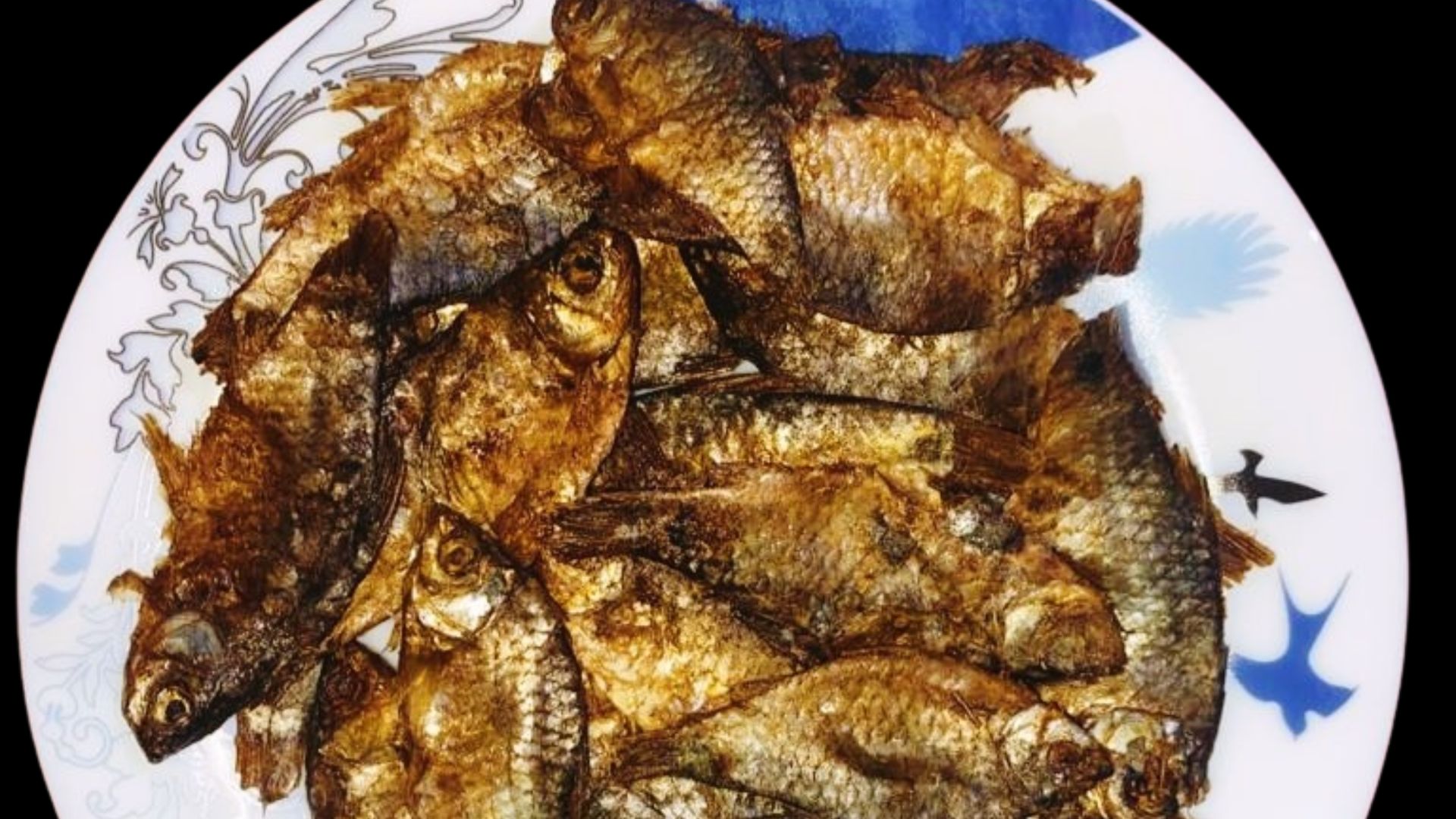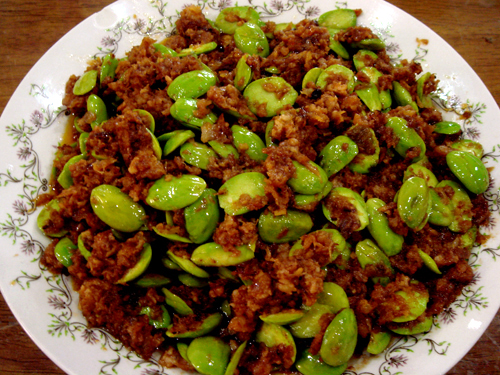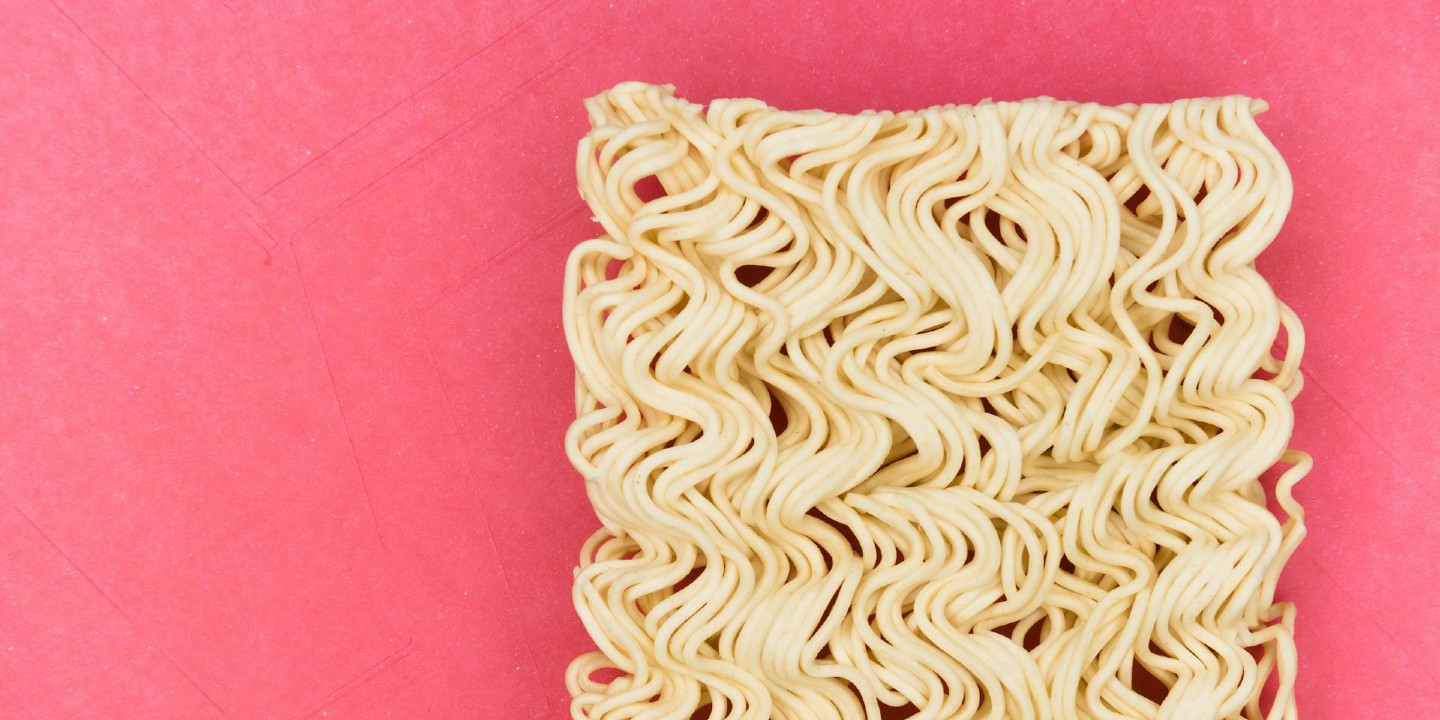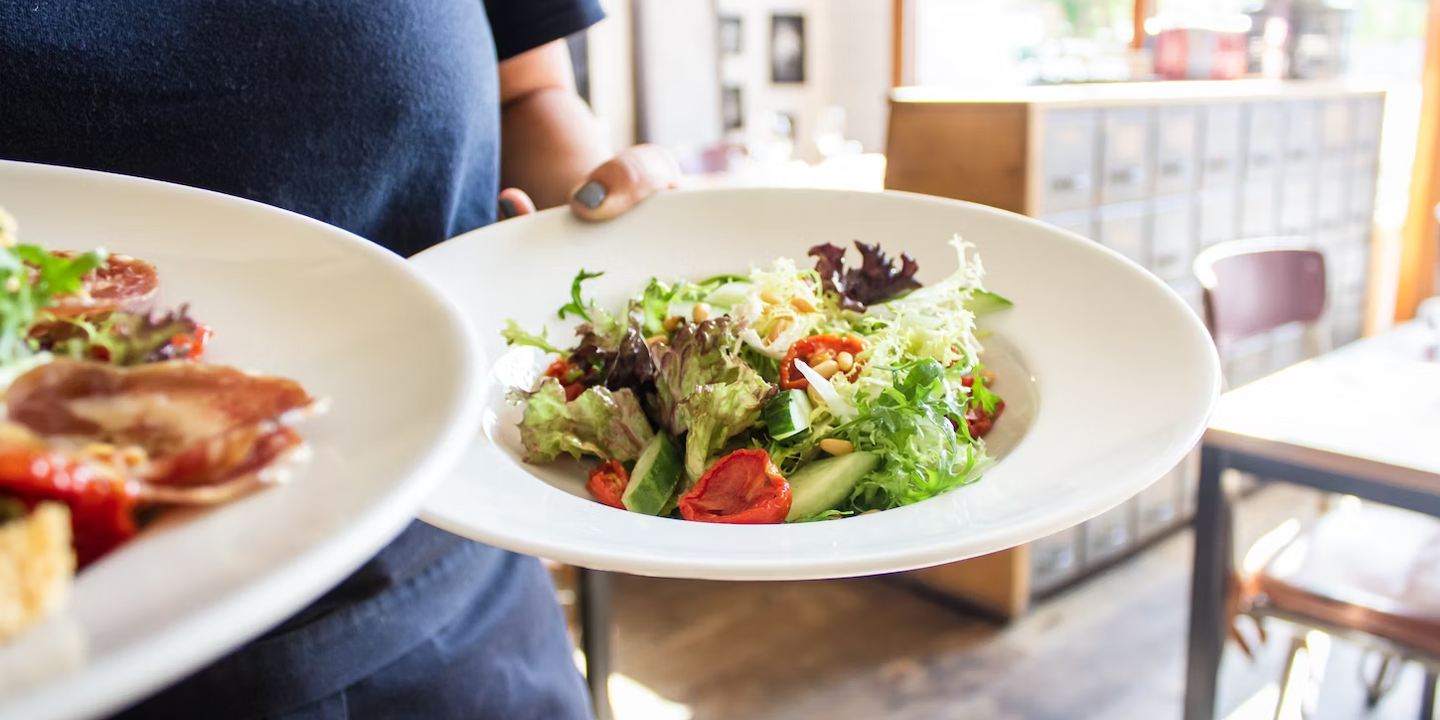The World Of Bold-Smelling Foods
Have you ever caught a whiff of something so stinky it made your eyes water—only to find out someone’s about to eat it? Yep, the world is full of bold food lovers who don’t let a little stink stop them from enjoying a good meal. Despite the strong and pungent odor, many food lovers swear by their rich flavors—who knows, maybe some of your favorites are up there with the stinkiest! So, let's explore the bold world of stinky dishes and see why people love them.
 Lies Thru a Lens on Wikimedia
Lies Thru a Lens on Wikimedia
1. Surströmming (Sweden)
Surströmming, a traditional fermented herring from northern Sweden, is infamous for its odor, a result of anaerobic fermentation that produces sulfur compounds. While it’s not formally illegal, airlines have implemented guidelines against opening surströmming cans indoors on planes due to safety concerns over its strong smell.
2. Sup Tulang (Malaysia)
This Malaysian classic is all about slow-cooking beef or mutton bones until the marrow melts into a rich, fatty broth. The deep, musky aroma fills the air, growing stronger as it mingles with bold spices like star anise, cinnamon, and cloves. But those who stick around for the first bite are rewarded with a silky, savory broth and spoonfuls of buttery marrow.
 Sup Tulang (Beef Ribs Soup) | Panasonic Cooking Recipe by Panasonic Malaysia
Sup Tulang (Beef Ribs Soup) | Panasonic Cooking Recipe by Panasonic Malaysia
3. Chitterlings Stew (USA)
Chitterlings, or "chitlins," are pig intestines slow-cooked into a thick, flavorful stew and are served with cornbread or rice. Despite their popularity as Southern soul food, their strong barnyard odor makes them divisive. The process of cleaning and boiling them also fills the kitchen with a pungent, musky scent that tends to linger.
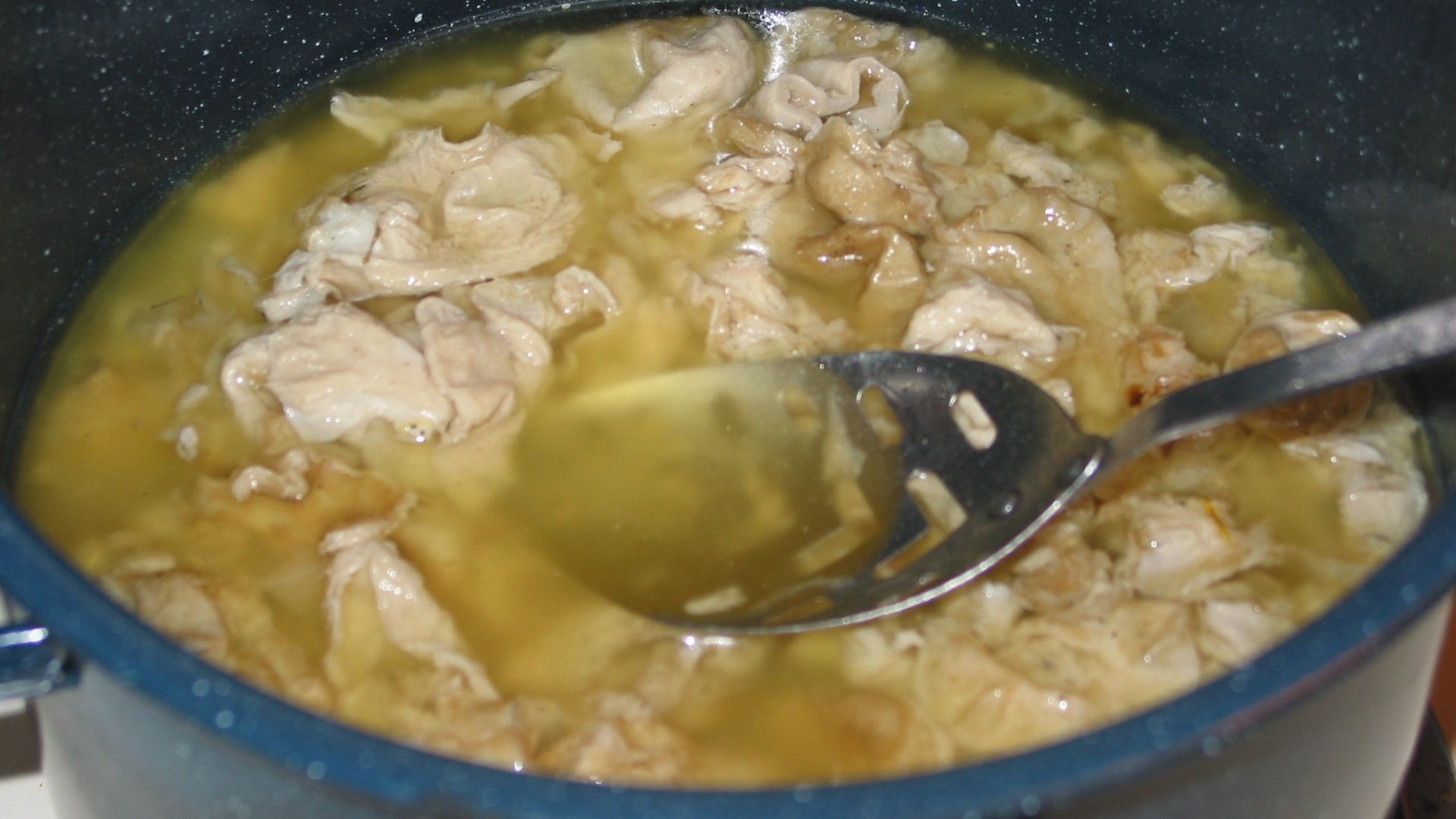 BarnhouseBrewer at English Wikipedia on Wikimedia
BarnhouseBrewer at English Wikipedia on Wikimedia
4. Igunaq Soup (Inuit)
Igunaq soup is an Inuit dish made from aged walrus or seal meat that has been naturally preserved underground for months until it becomes tender and rich in flavor. The meat is slow-cooked in water or broth, often with seal oil and occasionally root vegetables if available. It is a delicacy among Inuit communities in Nunavut, Greenland, and parts of Alaska.
5. Andouillette (France)
Andouillette is a French sausage made from pork intestines, celebrated for its notoriously pungent smell. The aroma, often compared to a farmyard or strong body odor, comes from the natural digestive lining used in its preparation. Grilled or pan-fried, the sausage releases an even stronger scent that can be overwhelming to those unaccustomed to it.
6. Century Egg (China)
Century eggs, also called preserved or hundred-year eggs, undergo preservation for several weeks or months. Their distinct sulfuric and ammonia scent arises from the alkaline curing process. Despite their polarizing aroma, they remain a symbol of innovation in food preservation.
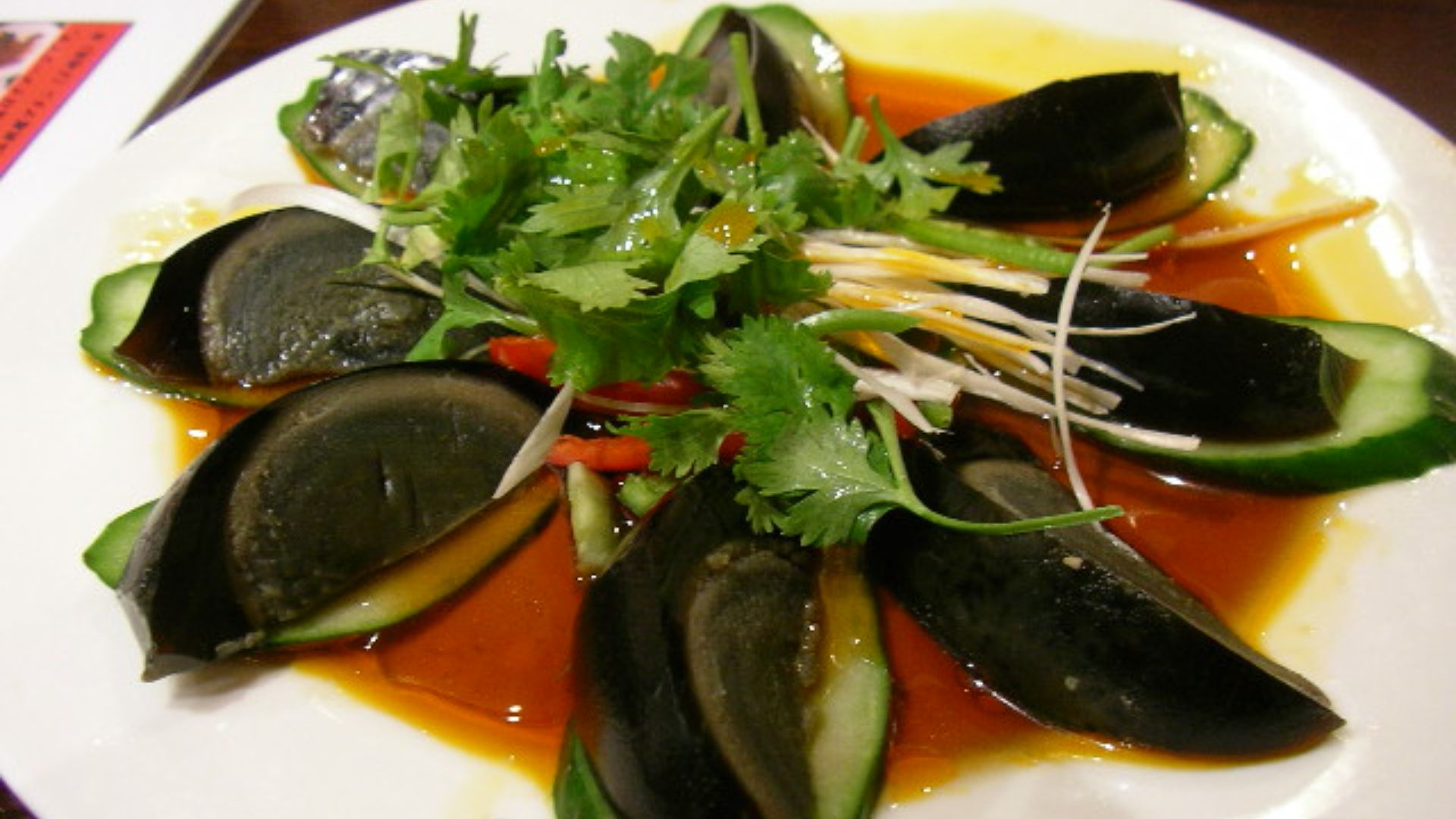 jetalone from Ginza on Wikimedia
jetalone from Ginza on Wikimedia
7. Kusaya (Japan)
This dried fish soaked in brine has been described as one of Japan's strongest-smelling foods. Originating in the Izu Islands, the brine is centuries old and passed down through generations to maintain its distinct flavor. Moreover, Kusaya, which is high in protein, was once essential for preserving fish.
8. Tiet Canh (Vietnam)
A delicacy in Vietnam, Tiet Canh is made from fresh duck blood, combined with fish sauce, and left to set into a jelly-like consistency. Its strong metallic scent, stemming from the high iron content, can be overwhelming, but for locals, it's a flavor-packed treat that delivers a deep, umami kick.
9. Natto (Japan)
Natto is a Japanese dish made from soybeans that undergoes a unique preparation process, resulting in a sticky texture and strong aroma. It’s packed with nutrients, particularly protein, vitamin K, and probiotics. The dish has a signature stringy consistency that some find challenging, but it remains a favorite among those who appreciate its rich umami flavor.
10. Lutefisk (Nordic Countries)
This gelatinous fish, typically made from dried whitefish soaked in lye, has a potent aroma that lingers long after the meal. Its texture is equally divisive—some call it silky, others compare it to jelly gone wrong. Once rinsed and cooked, lutefisk is served with potatoes, peas, and butter or cream sauce to mellow out its intense character.
11. Shiokara (Japan)
Shiokara is Japan’s boldest seafood gamble, a dish so pungent it makes natto seem mild. Made from squid preserved in its own guts with salt, it develops an intense depth that lingers long after the first bite. Generally eaten in small amounts with sake, shiokara is a dish that demands either full appreciation or a cautious retreat—it’s not for the faint of heart.
12. Egusi (Nigeria)
Egusi soup announces itself with a deep, funky scent that lingers. It is made from ground melon seeds, palm oil, and an assortment of proteins like dried fish or offal. The umami-heavy mix of ingredients, especially fermented locust beans (iru), gives the dish its signature pungency. But beneath the bold aroma lies a thick, nutty, and satisfying West African classic.
13. Doenjang Jjigae (Korea)
This Korean stew has an unmistakable aroma that some love and others take a step back from. The deep, earthy scent comes from its aged soybean paste, which gives the dish its signature funk. But don’t be fooled—its savory broth, packed with tofu, vegetables, and sometimes seafood or meat, delivers pure comfort.
14. Skunk Cabbage Stew (Native American Cuisine)
Skunk cabbage, a plant named for its strong, skunky odor, has been used in Native American cooking when properly prepared. Boiling releases its natural, pungent chemicals, making the air thick with an earthy, almost rotten scent. However, once the toxins are removed, the leaves are used in stews, where they add a deep, herbal flavor.
 HOW TO MAKE CABBAGE STEW by Rozy's Kitchen
HOW TO MAKE CABBAGE STEW by Rozy's Kitchen
15. Smalahove (Norway)
Smalahove is a traditional Norwegian dish that is enjoyed especially during Christmas. It involves cooking a sheep's head, a practice that dates back centuries and was originally popular in poorer communities as a way to use every part of the animal. The dish has a strong, pungent smell, with an earthy aroma that can be quite overwhelming.
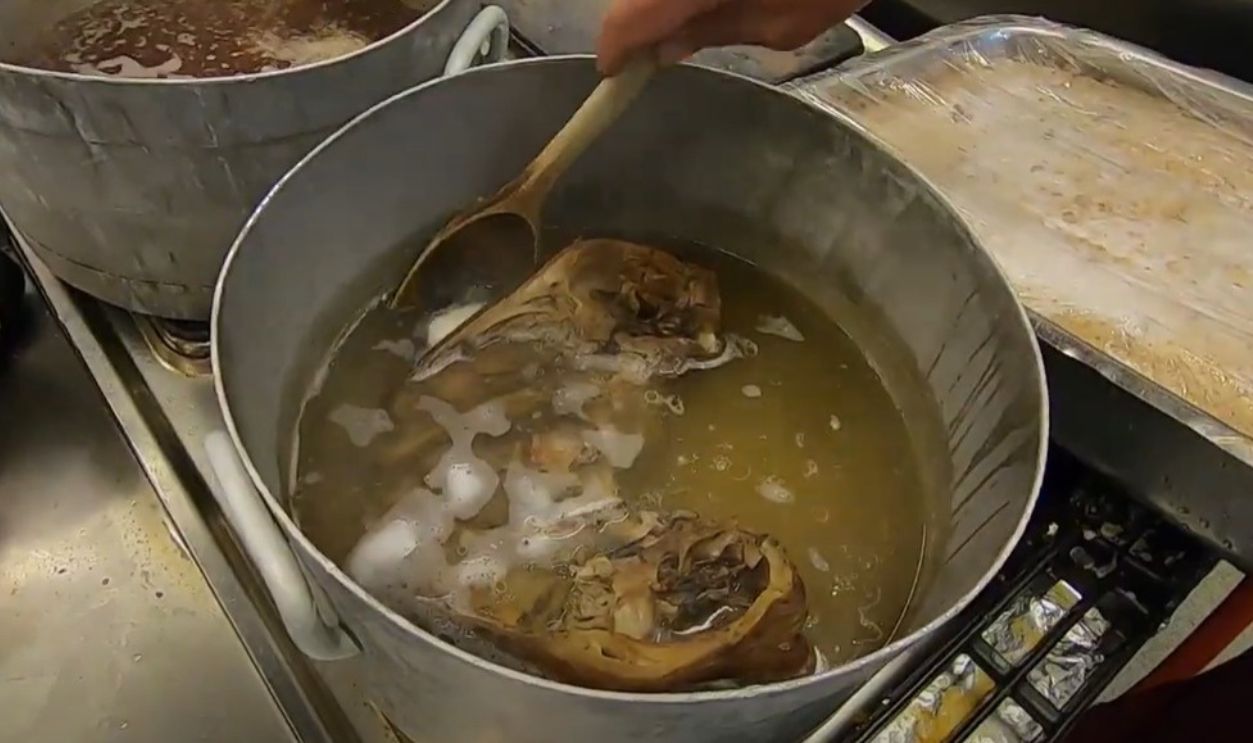 How to Eat the Smalahove (Norwegian Sheep’s Head): Wilbur Sargunaraj by Wilbur Sargunaraj
How to Eat the Smalahove (Norwegian Sheep’s Head): Wilbur Sargunaraj by Wilbur Sargunaraj
16. Black Pudding (Ireland)
Made from pig’s blood, fat, and spices, its raw form carries a strong metallic scent that mellows into a savory aroma when cooked. The inside is surprisingly soft and almost creamy, contrasting with a crisp, pan-fried casing. Often paired with caramelized apples or mashed potatoes, this dish is a favorite among those who appreciate bold flavors.
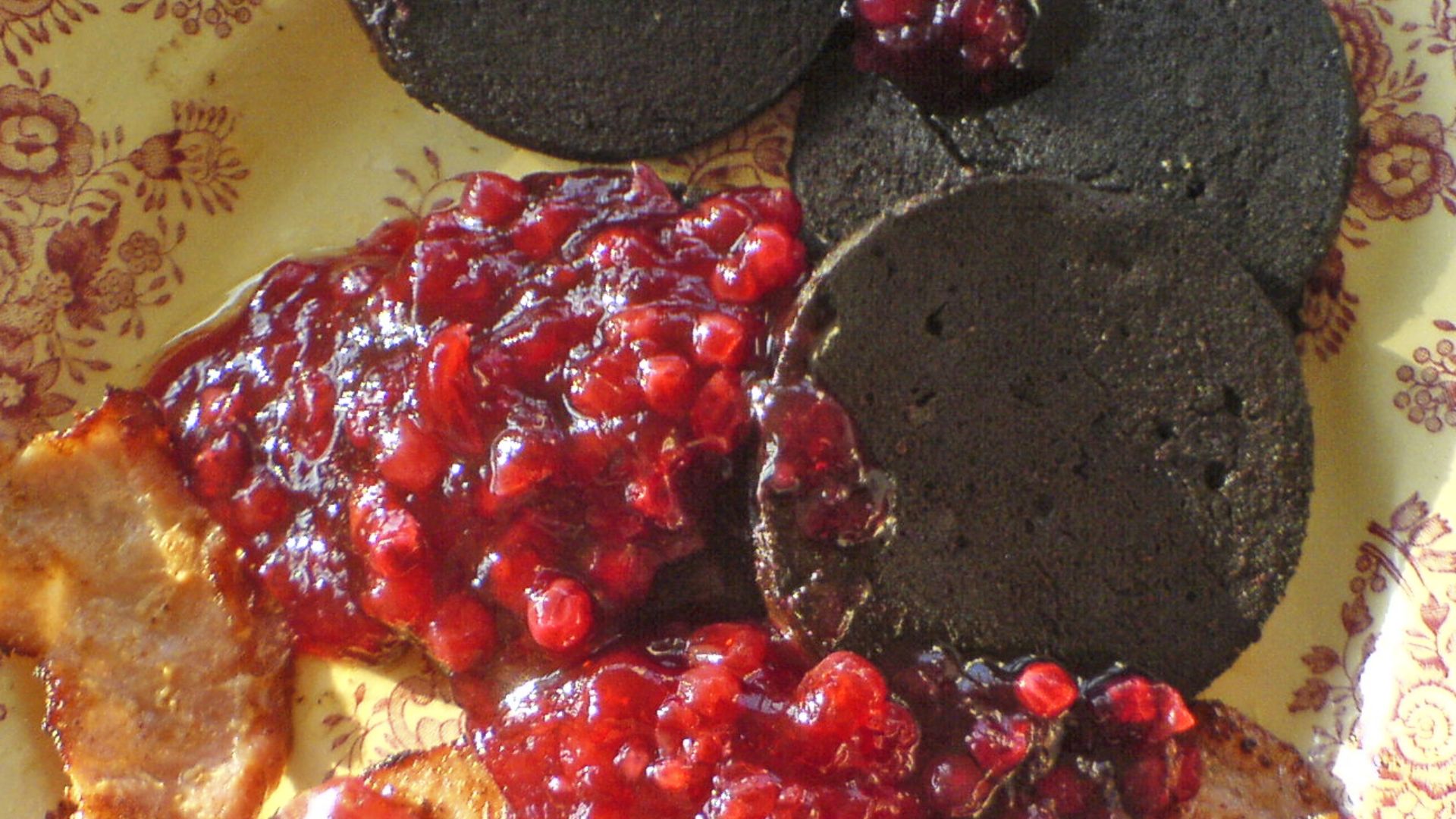 erik forsberg from Helsingborg, Sweden on Wikimedia
erik forsberg from Helsingborg, Sweden on Wikimedia
17. Stinkheads (Alaska, USA)
Traditional to Alaska’s Yupik people, Stinkheads are salmon heads fermented in pits for weeks. Their sour, pungent smell develops through natural microbial action. Consumed as a source of protein during winter, this practice underscores indigenous innovation in preserving food in cold climates.
18. Sambal Petai (Singapore)
Sambal petai is a Southeast Asian dish that combines petai beans, known for their pungent aroma, with a spicy chili-based sambal sauce. Often stir-fried with shrimp, anchovies, or minced meat, the dish is packed with bold flavors. The petai beans add a nutty bite, while the sambal brings heat and tanginess.
19. Durian Pizza (Southeast Asia)
Durian alone is already infamous for its strong, sulfuric smell, but when combined with melted cheese, the aroma becomes a whole new level of intensity. The sweet, custardy fruit contrasts with the rich, gooey cheese, creating a dish that is either divine or unbearable, depending on who you ask.
 Fumikas Sagisavas on Wikimedia
Fumikas Sagisavas on Wikimedia
20. Tuna Eyeballs (Japan)
Tuna eyeballs are a Japanese market staple, known for their gelatinous texture and fishy aroma. Rich in omega-3s, they are boiled or steamed, then seasoned with soy sauce. They were once a byproduct of tuna processing and have now become a low-cost, nutrient-packed delicacy for adventurous eaters.


